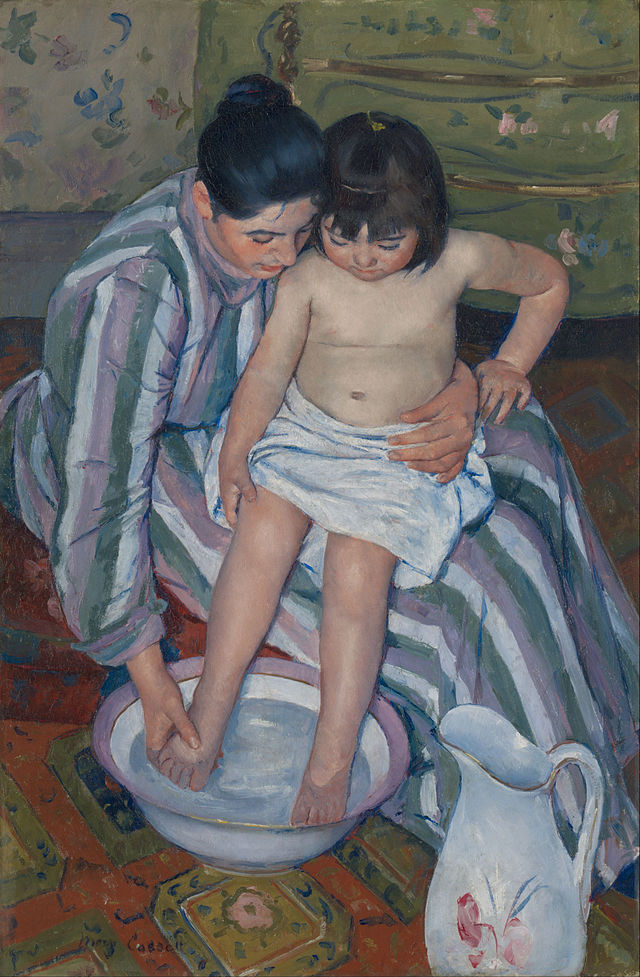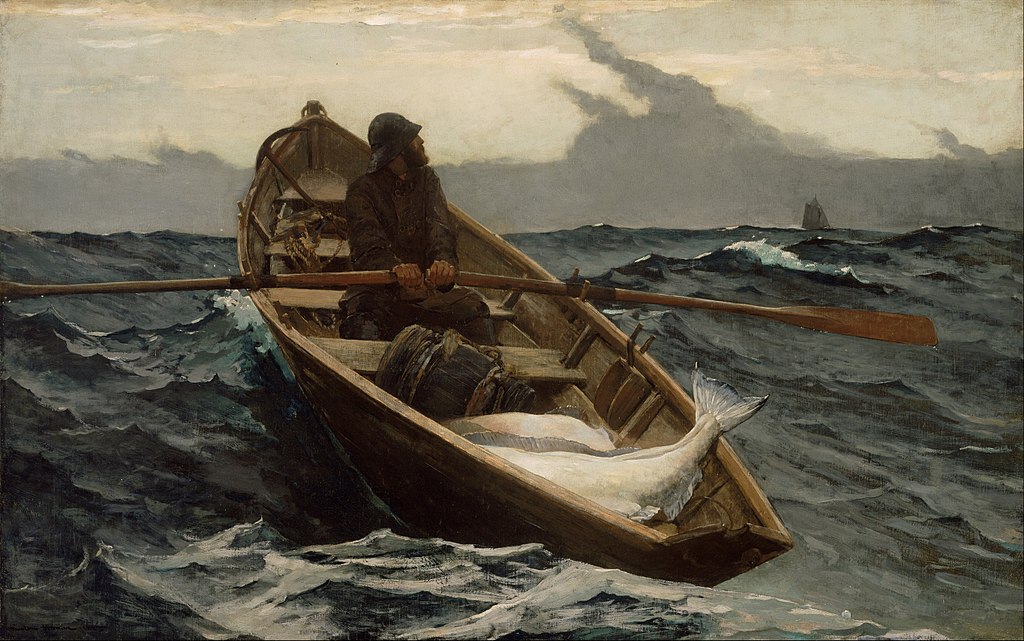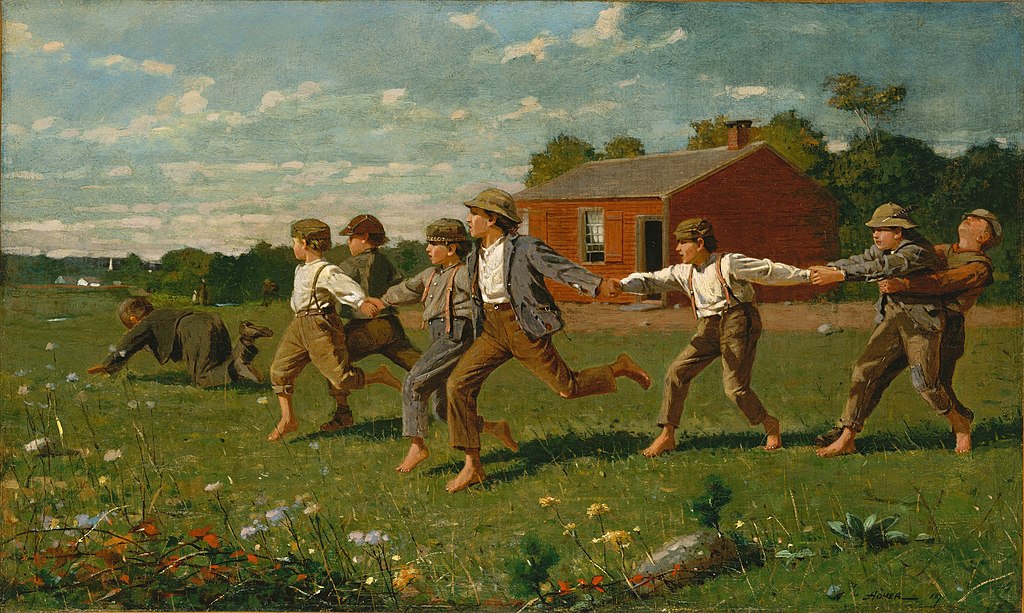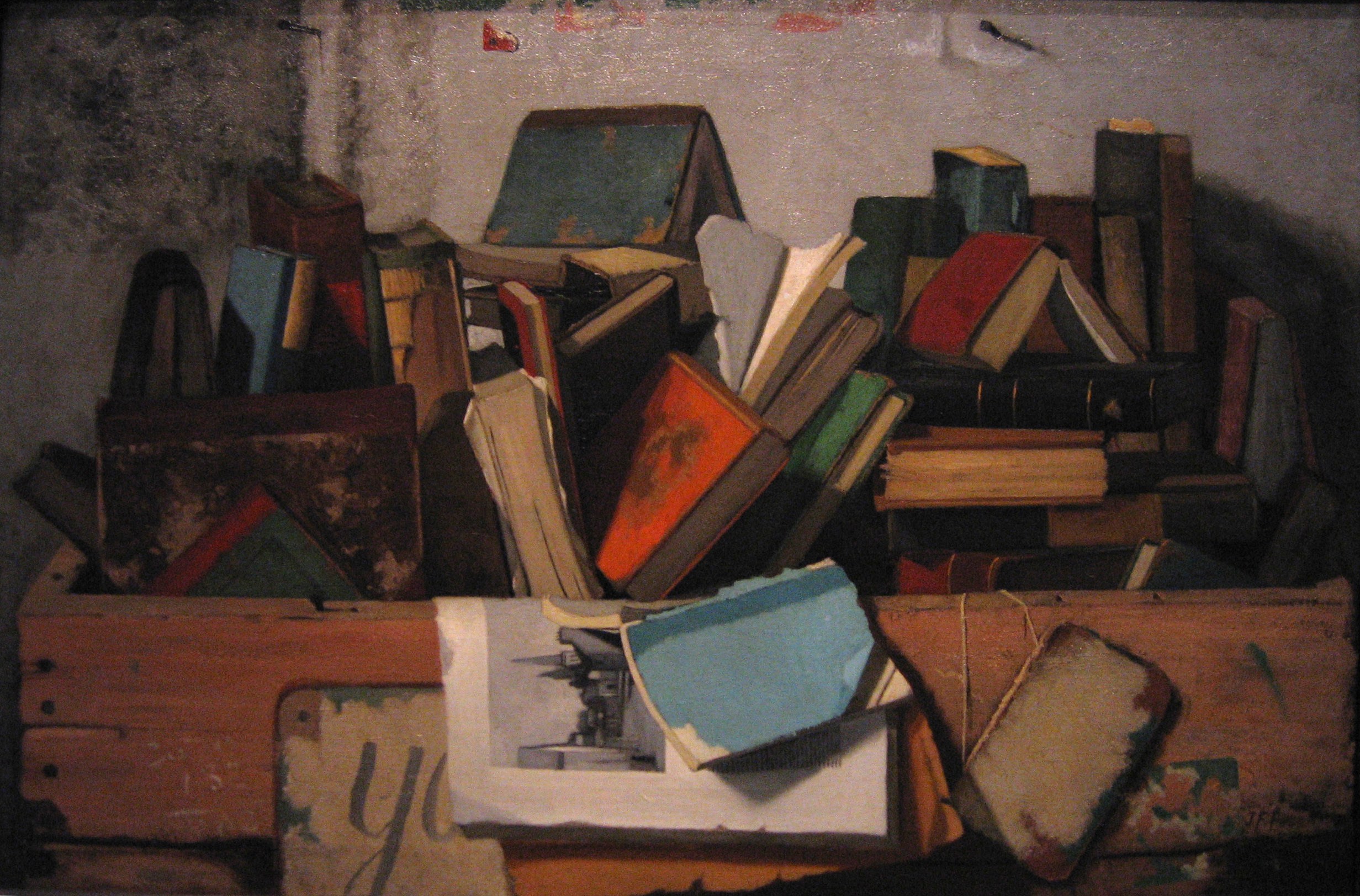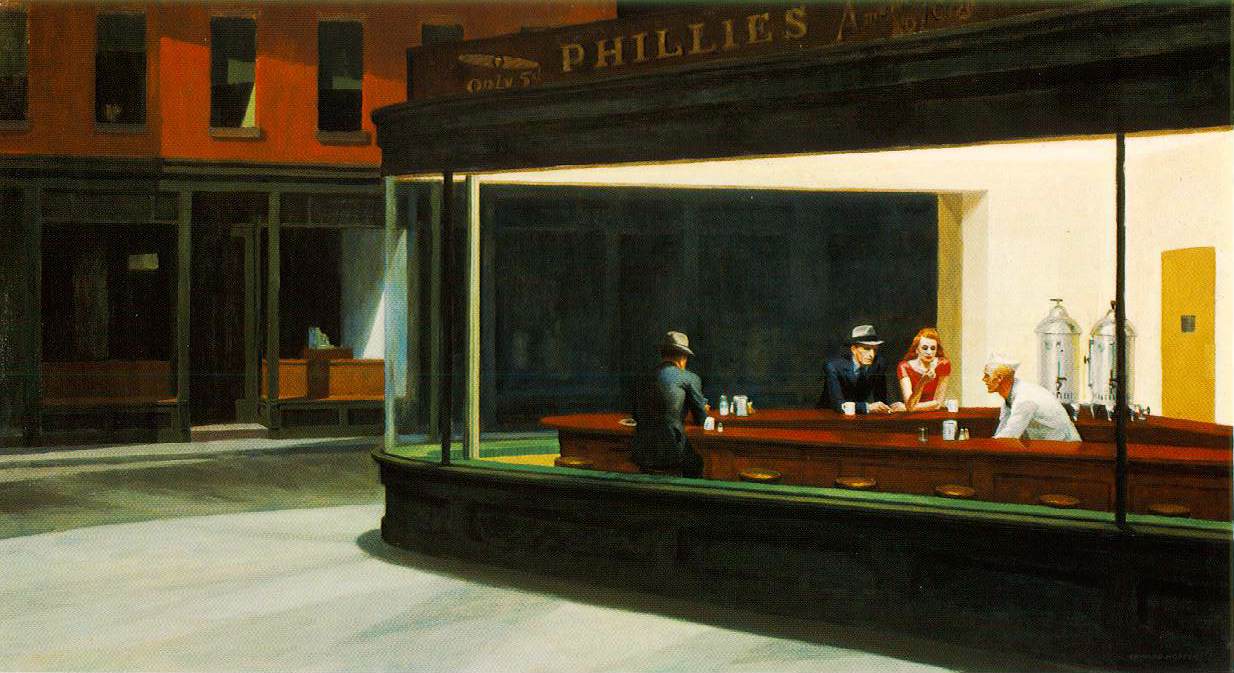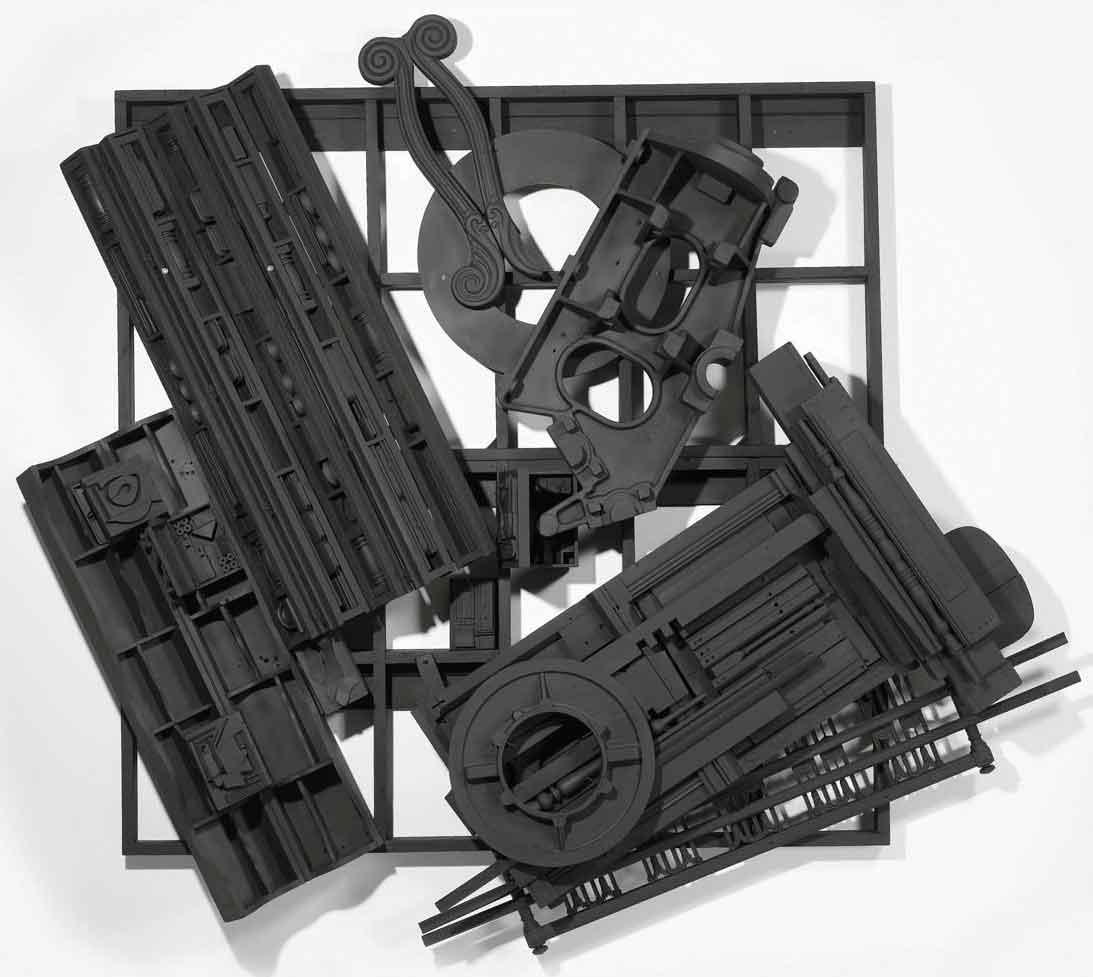Friday Co-Op 2014–15
Elementary Science Olympiad K–5
Corresponds to Classical Conversations Cycle 3
GOAL: REGISTER TEAM BY MID–OCTOBERCompetition Dates: FAU - May 2, 2015 (They now have one close to us! No trip to Orlando on May 9th!) Register Team Prior to March 15
(Possible Training for 2 Mentors? Unknown location and dates.)
12 Students. Goal Grades 3–5. Will use younger if needed or very willing.
GOAL: CHOOSE YOUR EVENTS BY FEBRUARY
See which events children respond to the most. Assign teams and individuals so they can
be preparing at home also.
Semester 1: (Meeting Every Other Week)
CC: Weeks 1-12 Human Anatomy
Weeks 1 No Class
Week 2 A is for Anatomy: Skeletal, Muscular
Week 3 No Class
Week 4 A is for Anatomy: Digestive, Nervous, Sensory
Week 5 No Class
Week 6 Solid, Liquids, or Gas
Week 7 No Class
Week 8 A is for Anatomy: Urinary, Circulatory
Week 9 No Class
Week 10 A is for Anatomy: Endocrine, Respiratory
Week 11 No Class
Week 12 Solid, Liquids, or Gas
Break Bridge Building
(Can visit the Bridge Building Competition at South Florida Fair Grounds as a family. Usually first or 2nd Week in December.)
FYI: Last Year's Bridge Building Information for Middle/High School:
I just wanted to put out a quick reminder that the bridges are due for certification on Dec. 10 (Tues) between 1 and 5 pm at the South Florida Fair Grounds. For those of you that are not familiar with the location, it is just off of Southern Blvd. east of 441, in Palm Beach County. If you are headed north on 441, turn right onto Southern Blvd., and when you see the sign for the fair grounds, turn left. It will be through one of the gates. The actual testing takes place the next day, starting at 9 am at the same location.
Semester 2: (Meeting Every Week)
CC: Weeks 13–18 Chemistry
CC: Weeks 19–24 Science Theories
Week 13 Egg Drop
Week 14 Mystery Packaging
Week 15 Estimania (CC Science Lab Appendix for Cycle 3)
Week 16 Mystery Powders
Week 17 Mystery Powders
Week 18 Mystery Powders
Week 19 Starry, Starry Night
Week 20 Who Wants To Be A Biologist
Week 21 Rock Hound
Week 22 Rock Hound
Week 23 Energy Lab
Week 24 Fun Time
Official Events: Teams will receive the rules manual after registering.
2015 Events.
There are some different ones! Please refer to link. Not text from 2014.
http://www.science.fau.edu/scienceolympiad/so_new_006.htm- A is for Anatomy -The event will consist of questions, case studies, pictures or models that will require an understanding of the structure and function of the following systems: skeletal, muscular, digestive, respiratory, circulary, urinary, nervous, sensory, endocrine.
- Bridge Building - This event tests students' ability to build a lengthy, strong, stable, and reproducible bridge from common materials.BUILT ONSITE.
- Egg Drop - A team of two students will construct and bring a package to protect an egg from breaking. The egg is dropped free fall from a high spot selected by the tournament director. This is a PREBUILT EVENT.
- Energy Lab - The objective is to build a reflecting device that most efficiently uses and focuses the energy supplied to a light bulb. This is a PREBUILT EVENT.
- Estimania - Students will be asked to estimate the answers to approximately ten questions requiring an estimate between ten and one million. Students will be provided a sample of the item to be estimated and will be premitted to measure its mass and the total mass of the container that contains all the objects. No calculators will be permitted.
- Mystery Packaging - At the beginning of the event, teams will be given a bag of building materials and instructions for designing and building a package that will protect a given material from a drop. BUILT ONSITE
- Mystery Powders - A team of two contestants will be asked to identify a mixture of common white household powder.
- Pentathlon - Five physical skills are interspersed with science questions in an obstacle course that will be run in a relay race style where each student passes the balloon to the next student. This year, the concepts will focus on those related to the water cycle and weather.
- Rock Hound - Teams will prepare charts, identify various rocks and minerals, and describe their characteristics
- Starry, Starry Night - A team of two students will identify constellations, planets, and other common celestial bodies in our universe.
- Solid, Liquids, or Gas - Teams of two students will test their abilities to classify materials into one of three categories.
- Water Rockets - Students will build and launch a 2-liter plastic bottle for maximum time aloft. This is a PREBUILT EVENT.
- Who Wants To Be A Biologist - Teams will compete in three game show style events that will focus on various aspects of biology and life science.
HELPFUL LINKS:
http://mrsbaileysbrilliantbunch.weebly.com/elementary-science-olympiad.html
Mystery Packaging
http://www.sciencenc.com/event-help/junkyardchallenge.php
http://mrsbaileysbrilliantbunch.weebly.com/elementary-science-olympiad.html
Mystery Packaging
http://www.sciencenc.com/event-help/junkyardchallenge.php
